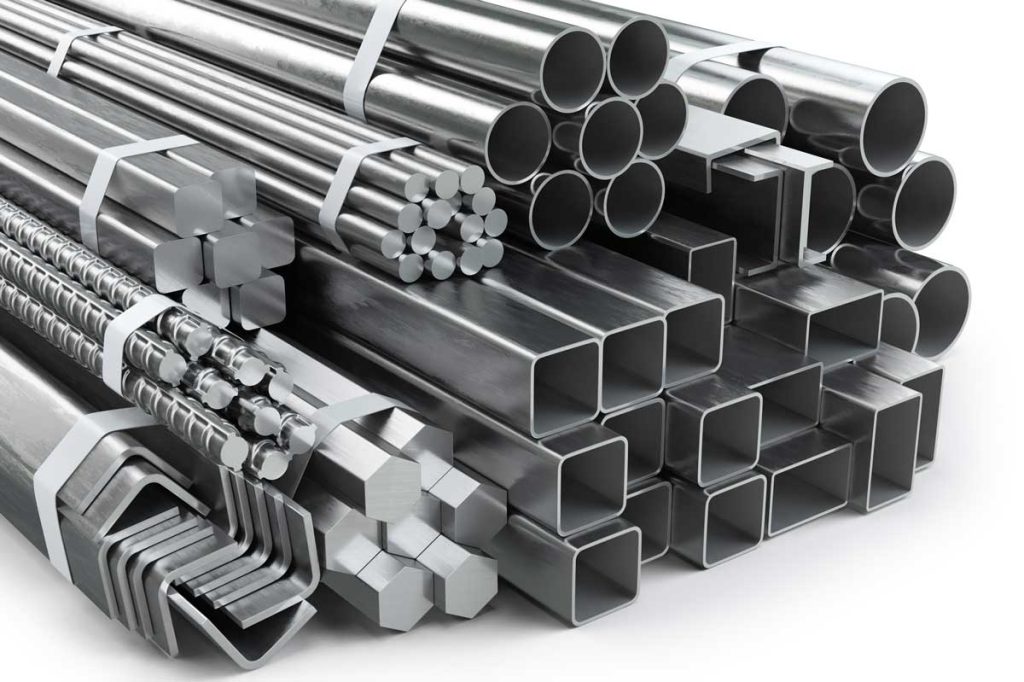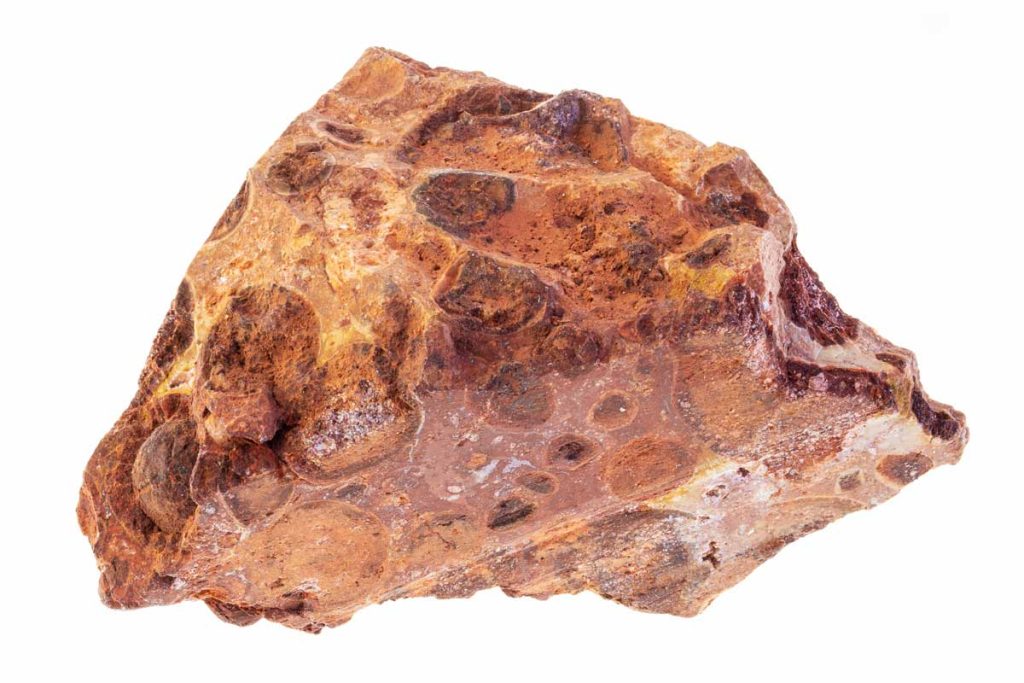
ALUMINUM

Aluminum is a silver-colored, lightweight, corrosion-resistant, and easily workable metal.
After oxygen and silicon, it is the third most common element on Earth.
Discovered at the end of the 19th century, aluminum is today – after steel – the most important technical metal, used in nearly all industrial sectors.
In nature, aluminum occurs exclusively in a bound form.
The basis for aluminum production is bauxite, a weathering product of limestone and silicate rock with a high content of Al₂O₃ (aluminum oxide), often exceeding 50%.
Worldwide, more than 25 million tons of aluminum are processed annually – over 20 million tons of that in the Western world alone.
The constantly growing demand in industrialized countries, especially in Europe, exceeds domestic production capacity – the difference must be covered through imports.
Aluminum naturally has low strength.
By adding suitable alloying elements, significantly higher strength can be achieved – while maintaining relatively high levels of ductility and elasticity.
For alloyed materials, a distinction is made between naturally hard and precipitation-hardened alloys.
The low specific weight of aluminum offers great potential for cost savings in all areas involving movement – from transportation to manufacturing, assembly, and maintenance.


